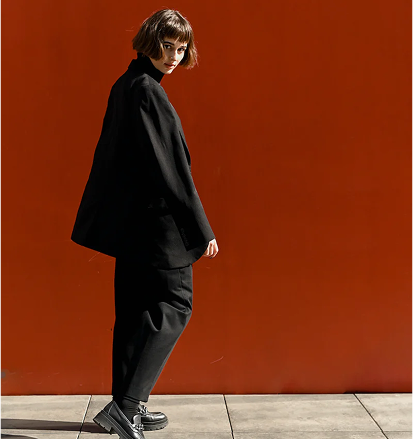Luxury in fashion means more than expensive price tags. It represents artistry, heritage, and cultural influence that shape how we dress and express ourselves.
The finest fashion houses blend centuries-old craftsmanship with modern innovation, creating pieces that transcend trends.
Heritage names like Chanel and Hermès stand alongside contemporary forces like Balenciaga and Off-White, each bringing a unique vision to the global style conversation.
From couture houses to contemporary power players, these top luxury brands represent the highest level of design and creativity.
How Luxury Brands Are Ranked: Key Evaluation Criteria
Fashion excellence requires multiple dimensions working in harmony. This ranking evaluates brands based on five refined editorial and industry-based criteria:
- Design Vision & Originality: Leaders distinguish themselves through original thinking that advances fashion rather than merely following what others establish.
- Aesthetic & Craftsmanship: Visual storytelling meets couture-level construction techniques. This measures how brands balance beauty with technical quality in every piece they produce.
- Brand Identity & Storytelling: Emotional connections form through distinct, coherent narratives that resonate across generations.
- Cultural Influence & Market Presence: Real-world impact extends from red carpets to social media feeds. This evaluates how brands shape conversations, influence other designers, and maintain visibility across platforms.
- Digital Innovation & Experiential Impact: Modern engagement matters through AR shows, immersive campaigns, and new-age marketing strategies. Brands must connect with audiences through fresh, technology-driven experiences.
Top fashion brands combine these elements naturally, evolving with changing times while maintaining their core identity.
The Top Luxury Fashion Brands in the World
These houses represent the pinnacle of global fashion, each earning its position through exceptional design, cultural impact, and lasting influence.
From heritage maisons to contemporary disruptors, they define what luxury means today.
1. Louis Vuitton
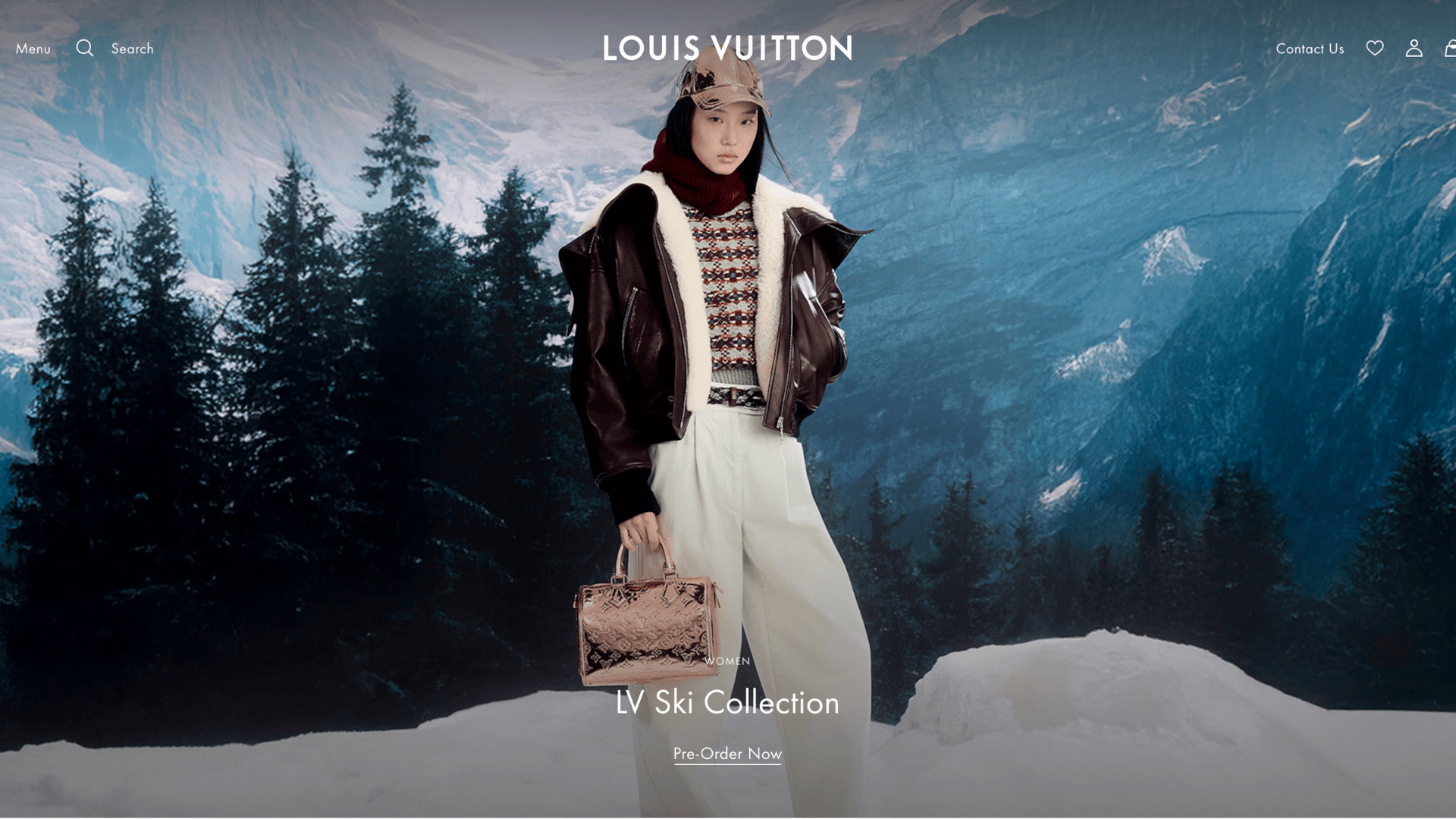
The French powerhouse commands global luxury markets through masterful marketing and consistent product innovation.
Its ability to merge accessible recognition with aspirational status keeps LV at the forefront of fashion commerce.
| Category | Details |
|---|---|
| Legacy | Founded in 1854 as a trunk maker, established the foundation for modern luxury travel goods |
| Signature | Monogram canvas, leather trunks, and Nicolas Ghesquière’s futuristic tailoring |
| Why It Ranks | Dominates through innovation, heritage, and revenue, consistently ranking at the top for market value and creative output |
2. Dior
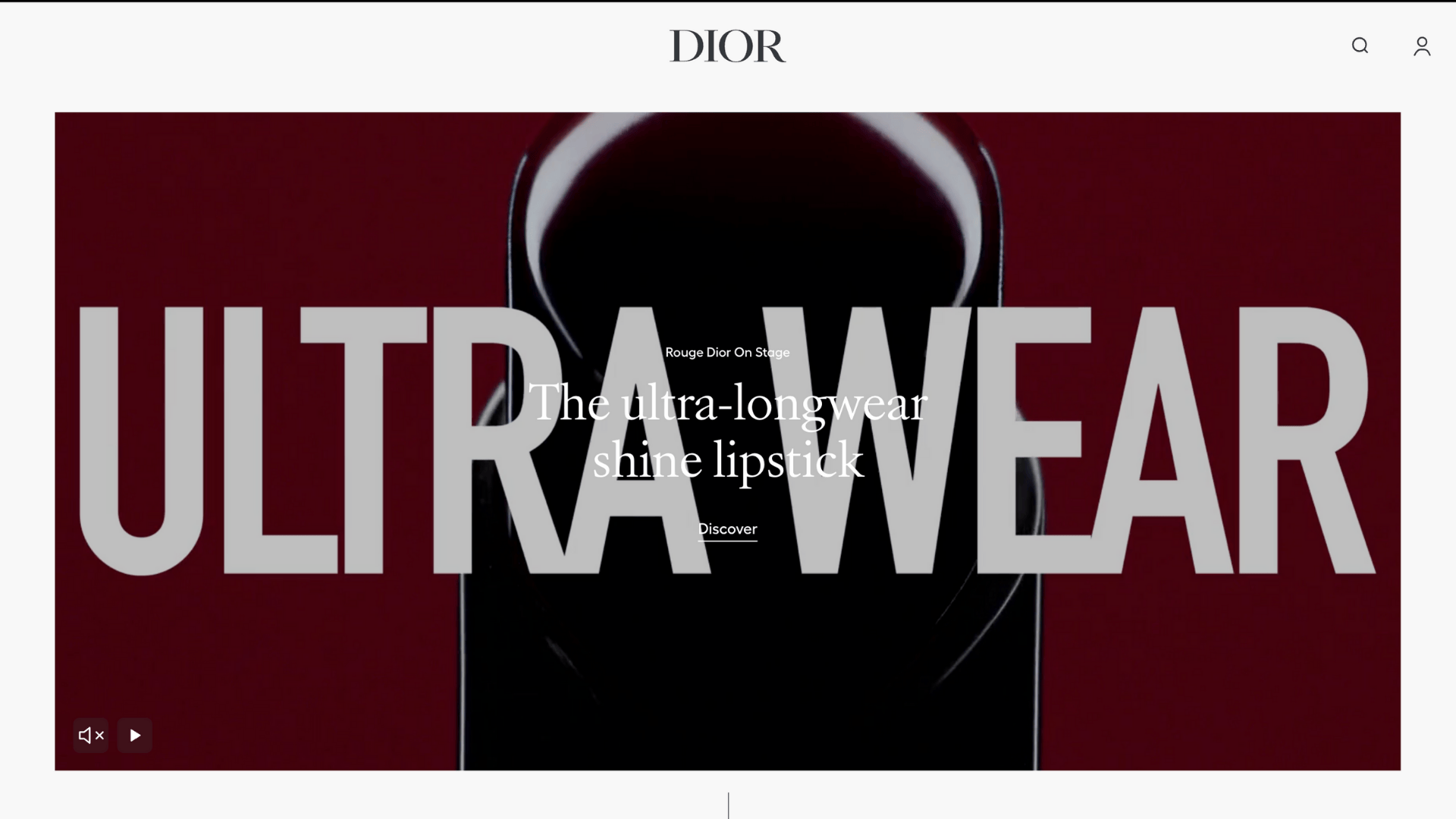
Dior’s ability to balance couture tradition with contemporary feminist narratives keeps the house culturally significant.
The brand masters storytelling through both runway presentations and accessible beauty lines.
| Category | Details |
|---|---|
| Legacy | Revolutionized post-war fashion with the “New Look” in 1947, redefining femininity |
| Signature | Bar jackets, refined tailoring, and Maria Grazia Chiuri’s feminist perspective |
| Why It Ranks | Excels at narrative-building, balancing historical legacy with modern female empowerment conversations |
3. Chanel
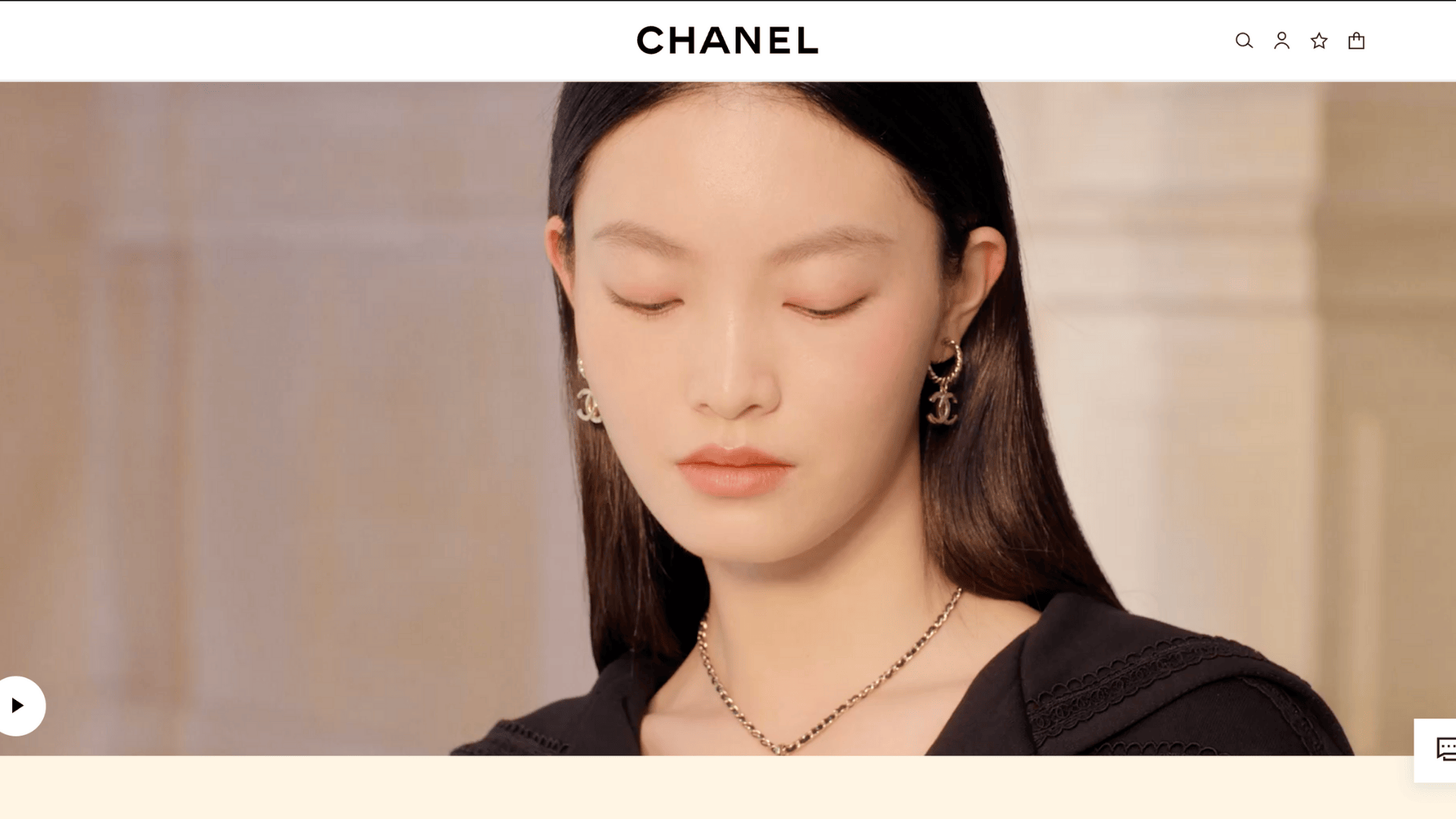
Unmatched in maintaining brand mystique while generating massive revenue across categories.
Chanel’s controlled distribution strategy ensures products remain desirable despite widespread recognition.
| Category | Details |
|---|---|
| Legacy | Coco Chanel redefined women’s style in the early 20th century with timeless, liberating designs |
| Signature | Quilted handbags, tweed suits, pearls, and the double-C logo |
| Why It Ranks | Represents the ultimate luxury identity in both couture and lifestyle with unparalleled brand control |
4. Gucci

The Florentine house proves luxury brands can reinvent themselves while honoring archives.
Gucci’s multi-generational appeal comes from understanding both heritage devotees and trend-focused consumers.
| Category | Details |
|---|---|
| Legacy | Founded in Florence in 1921, reinvented through Alessandro Michele’s maximalism and Sabato De Sarno’s modernity |
| Signature | Eclectic prints, horsebit loafers, and logo-driven aesthetics |
| Why It Ranks | High creativity combined with consistent cultural relevance across multiple generations |
5. Hermès

Hermès prioritizes quality over quantity, creating artificial scarcity that improves value perception.
The family-owned structure allows long-term thinking that publicly traded competitors cannot match.
| Category | Details |
|---|---|
| Legacy | Established in 1837 as a harness workshop, maintaining family ownership and artisan traditions |
| Signature | Birkin and Kelly bags, silk scarves, and leather precision craftsmanship |
| Why It Ranks | Symbolizes luxury scarcity through slow production and eternal demand with extensive handwork |
6. Prada
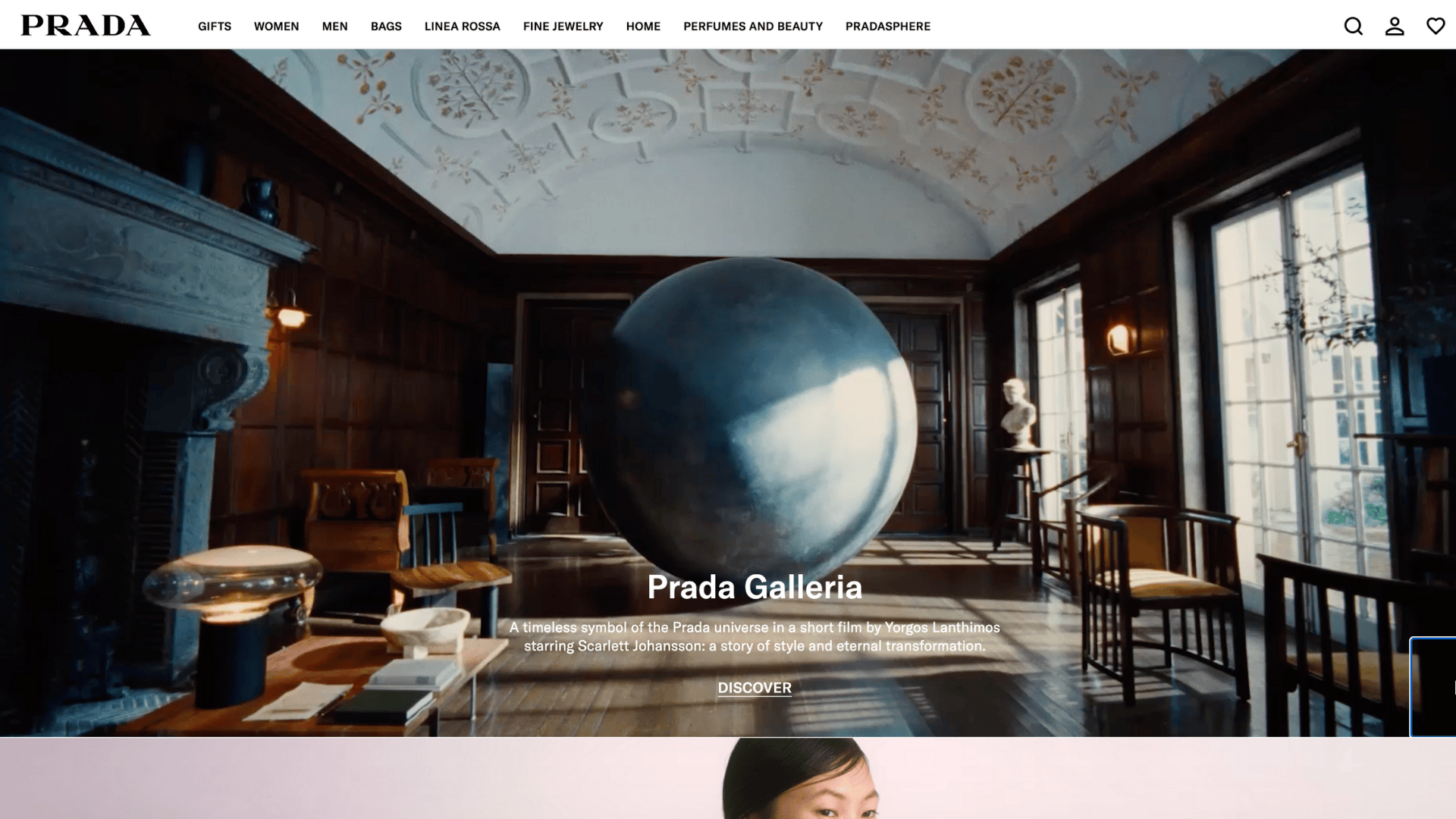
Miuccia Prada’s intellectualism separates the house from purely commercial luxury brands. The label challenges beauty standards while remaining commercially viable, a rare achievement.
| Category | Details |
|---|---|
| Legacy | Turned from a leather goods specialist to a fashion force under Miuccia Prada’s leadership since 1978 |
| Signature | Nylon bags, understated luxury, and conceptual runway shows |
| Why It Ranks | Balances commercial success with artistic integrity, appealing to insiders and broader audiences |
7. Saint Laurent
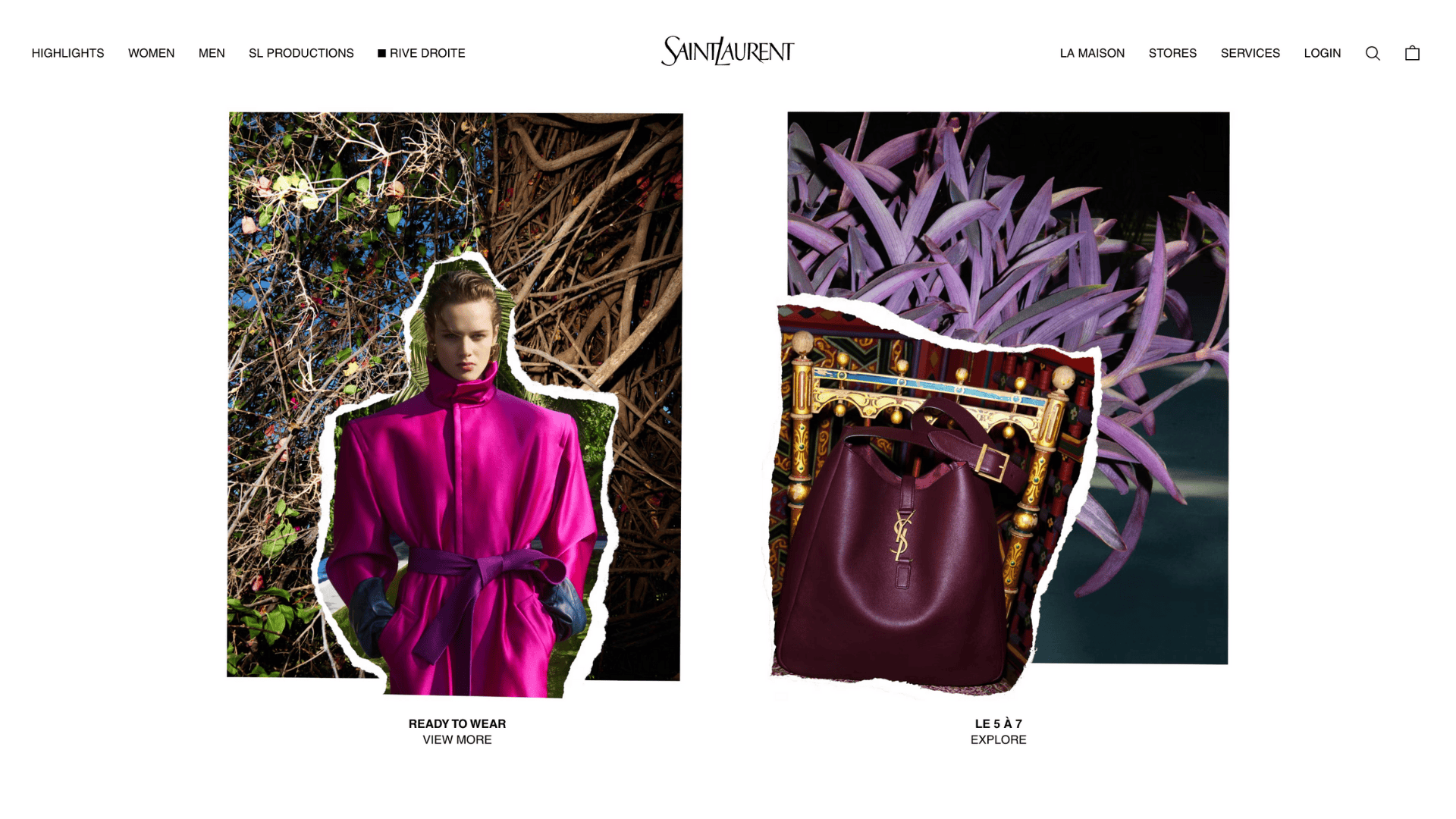
YSL maintains French luxury codes while injecting a seductive edge that feels current.
The brand’s rock-and-roll sensibility attracts those seeking sophistication with attitude.
| Category | Details |
|---|---|
| Legacy | Yves Saint Laurent pioneered ready-to-wear luxury and gender-fluid fashion in the 1960s |
| Signature | Sharp tailoring, Le Smoking tuxedos, and sultry evening wear |
| Why It Ranks | Embodies effortless French style with a contemporary edge that feels both classic and modern |
8. Balenciaga

Demna pushes boundaries between high fashion and street culture, creating viral moments that dominate social media.
The brand leads conversations about fashion’s role in technology and social commentary.
| Category | Details |
|---|---|
| Legacy | Cristóbal Balenciaga founded the house in 1919; Demna Gvasalia turned it into a cultural phenomenon |
| Signature | Oversized silhouettes, Triple S sneakers, and provocative marketing campaigns |
| Why It Ranks | Leads conversations about fashion’s relationship with technology through boundary-pushing design |
9. Fendi

The Roman house balances playful luxury with serious craftsmanship, creating products that feel both fun and refined. Kim Jones’s vision brings contemporary relevance to historic codes.
| Category | Details |
|---|---|
| Legacy | Founded in 1925 in Rome, famous for fur innovation and the Baguette bag phenomenon |
| Signature | FF logo monogram, Baguette bags, and leather goods with technical excellence |
| Why It Ranks | Balances playfulness with luxury through sophisticated design and craft traditions |
10. Valentino
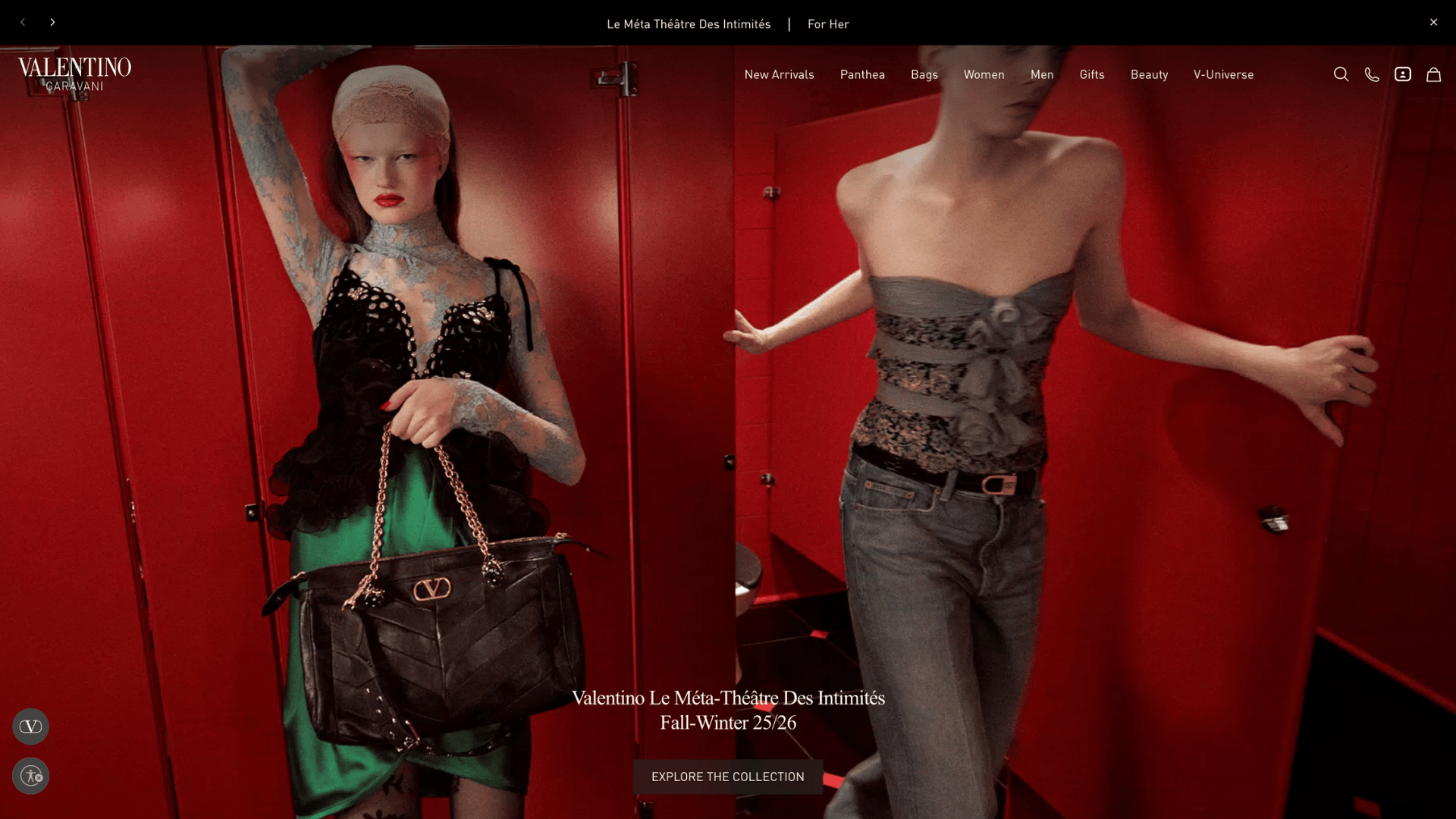
Pierpaolo Piccioli creates emotionally resonant fashion that transcends commercial concerns. The brand’s romantic vision generates red carpet moments that define award season style.
| Category | Details |
|---|---|
| Legacy | Valentino Garavani established the house in 1960, becoming synonymous with Roman haute couture |
| Signature | Red carpet gowns, Rockstud accessories, and dramatic couture presentations |
| Why It Ranks | Excels at creating memorable fashion moments that resonate emotionally beyond runway presentations |
11. Alexander McQueen
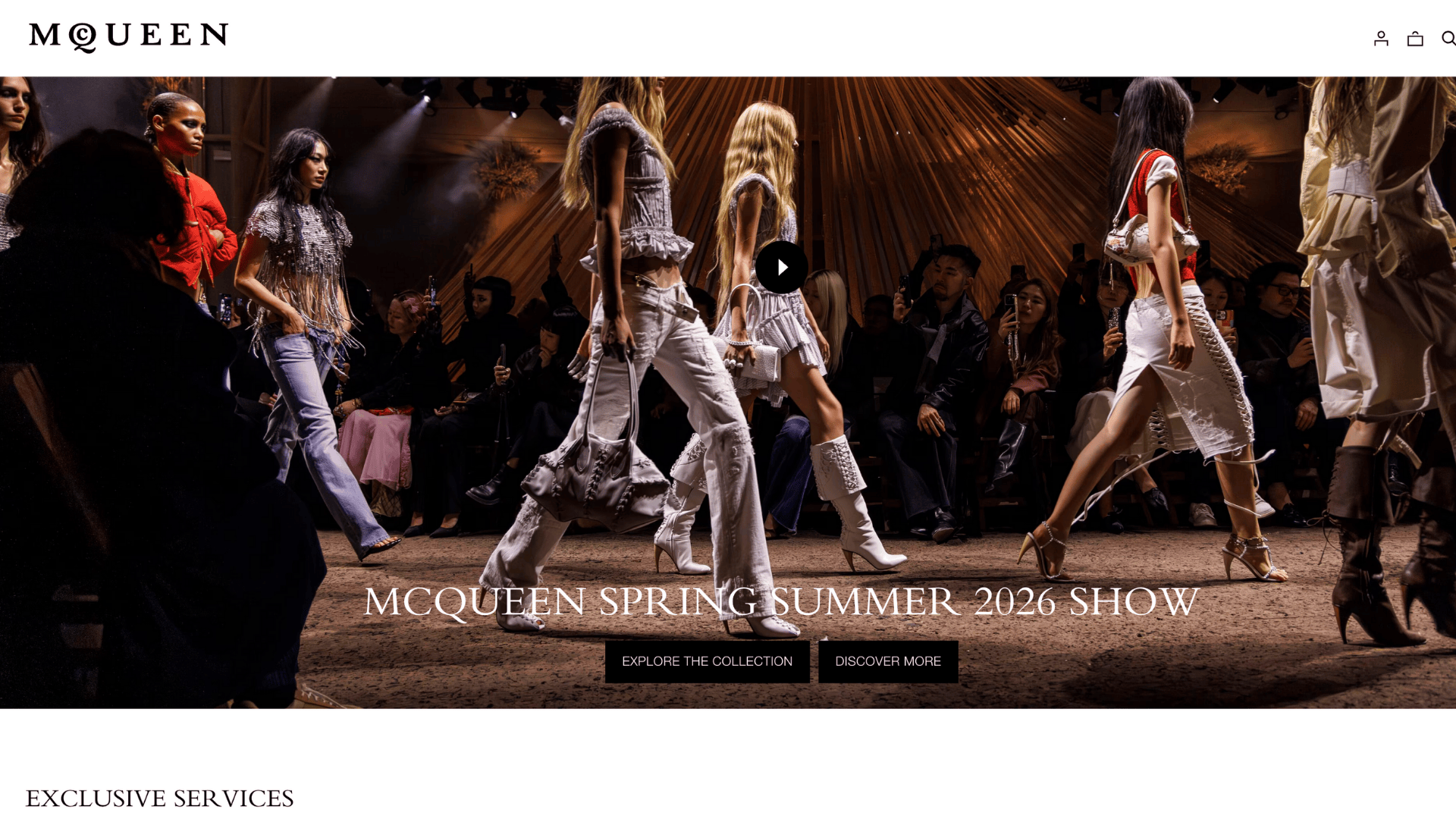
McQueen maintains its founder’s theatrical vision while producing commercially successful products. Sarah Burton’s craftsmanship honors Lee Alexander McQueen’s legacy without feeling retrospective.
| Category | Details |
|---|---|
| Legacy | Lee Alexander McQueen built a reputation for theatrical shows and dark romanticism from 1992 until 2010 |
| Signature | Skull motifs, structured tailoring, and dramatic presentations |
| Why It Ranks | Represents fashion as art, with each collection telling compelling visual narratives |
12. Bottega Veneta

The brand champions “quiet luxury” for those seeking quality over logos. Matthieu Blazy’s design intelligence appeals to discerning clients who value craftsmanship above recognition.
| Category | Details |
|---|---|
| Legacy | Founded in 1966 in Vicenza, Italy, pioneering the “intrecciato” leather weaving technique |
| Signature | Intrecciato leather weaving, understated branding, and sophisticated tailoring |
| Why It Ranks | Champions quiet luxury through exceptional materials without sacrificing creativity or impact |
13. Celine

Hedi Slimane’s minimalist vision attracts those seeking refined luxury without ostentation. The brand’s Parisian sensibility feels timeless rather than trend-driven.
| Category | Details |
|---|---|
| Legacy | Established in 1945, changed under Phoebe Philo, and redefined by Hedi Slimane’s bourgeois aesthetic |
| Signature | Classic silhouettes, quality fabrics, and refined details |
| Why It Ranks | Attracts clients seeking sophisticated minimalism and understated luxury without obvious logos |
14. Givenchy

The house maintains French elegance while adapting to modern sensibilities. Givenchy’s accessible price points relative to peers make high fashion more attainable.
| Category | Details |
|---|---|
| Legacy | Hubert de Givenchy founded the house in 1952, dressing Audrey Hepburn and defining elegant simplicity |
| Signature | Little black dresses, tailored separates, and refined evening wear |
| Why It Ranks | Balances accessibility with high fashion credibility through French sophistication |
15. Burberry
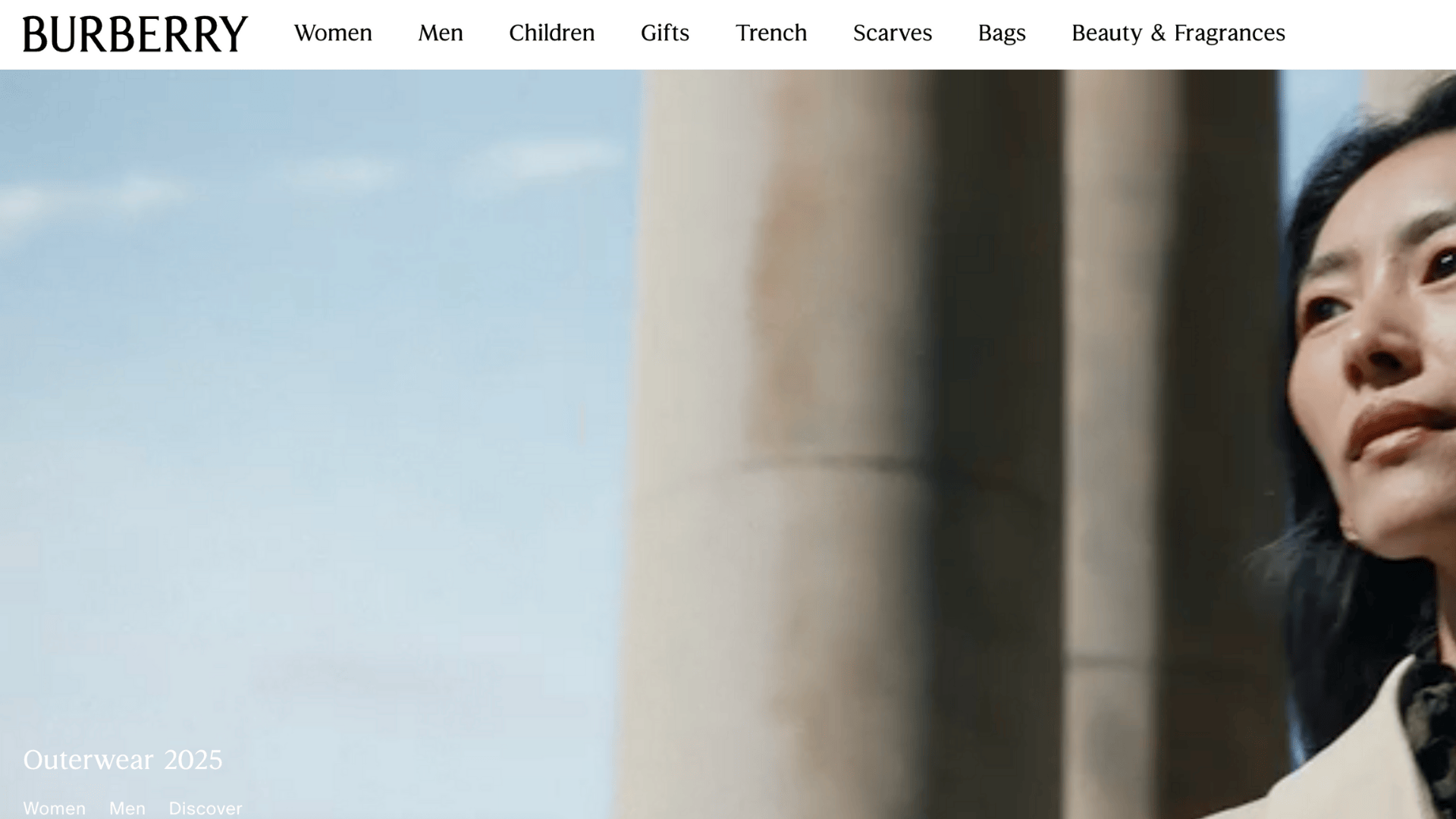
Daniel Lee’s appointment signals Burberry’s commitment to regaining luxury credibility. The brand bridges British heritage with contemporary relevance for international audiences.
| Category | Details |
|---|---|
| Legacy | Established in 1856, invented gabardine fabric and the iconic trench coat during WWI |
| Signature | Check pattern, trench coats, and Daniel Lee’s modern direction |
| Why It Ranks | Successfully bridges British heritage with contemporary relevance for global markets |
16. Versace
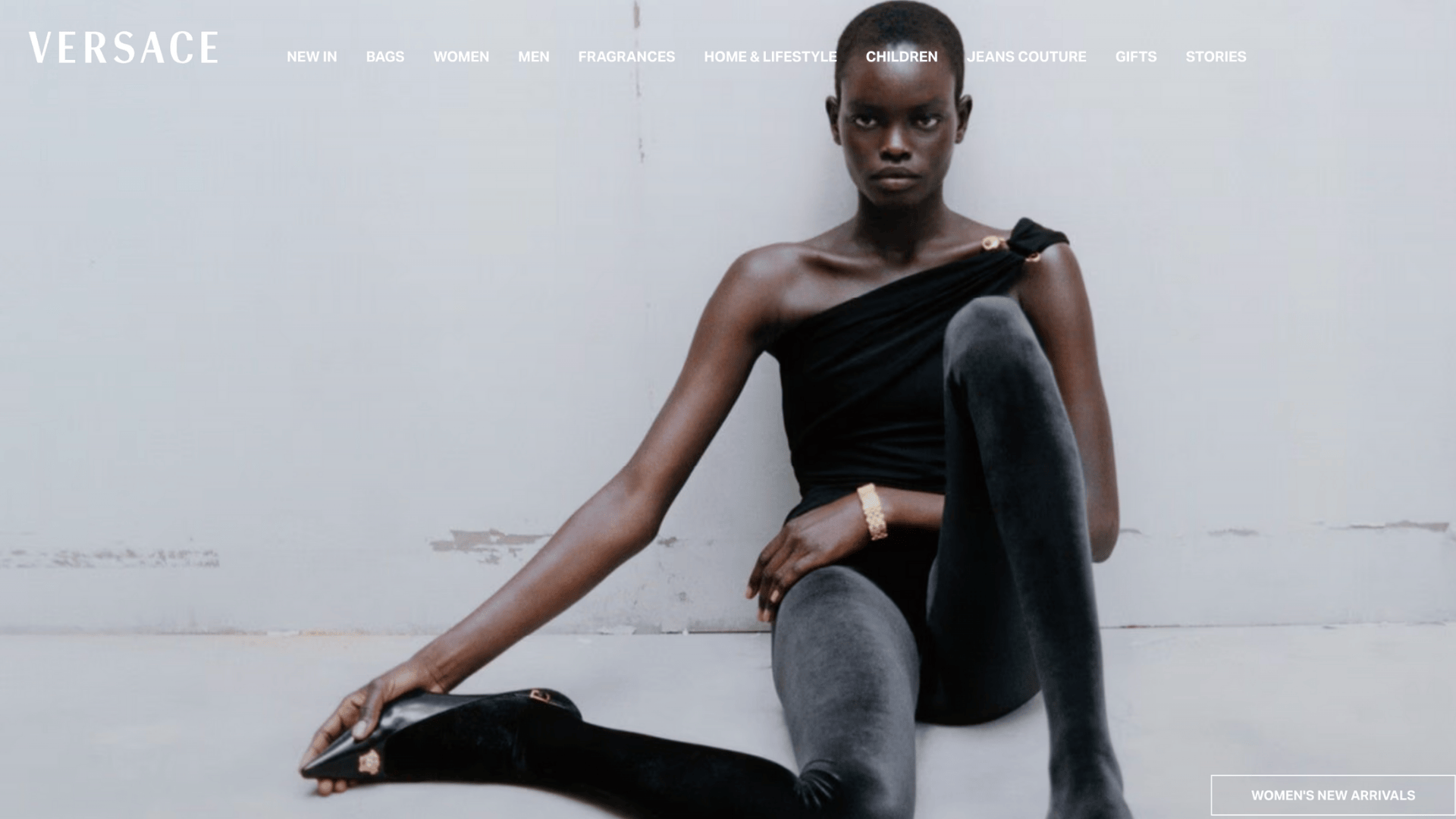
Donatella Versace’s unapologetic maximalism celebrates confidence and self-expression. The brand’s celebrity relationships create instant glamour and widespread visibility.
| Category | Details |
|---|---|
| Legacy | Gianni Versace founded the house in 1978, bringing bold Mediterranean sensuality to luxury fashion |
| Signature | Medusa logos, vibrant silk prints, and daring cuts celebrating body confidence |
| Why It Ranks | Embodies unapologetic luxury and self-expression through bold maximalism |
17. Loewe
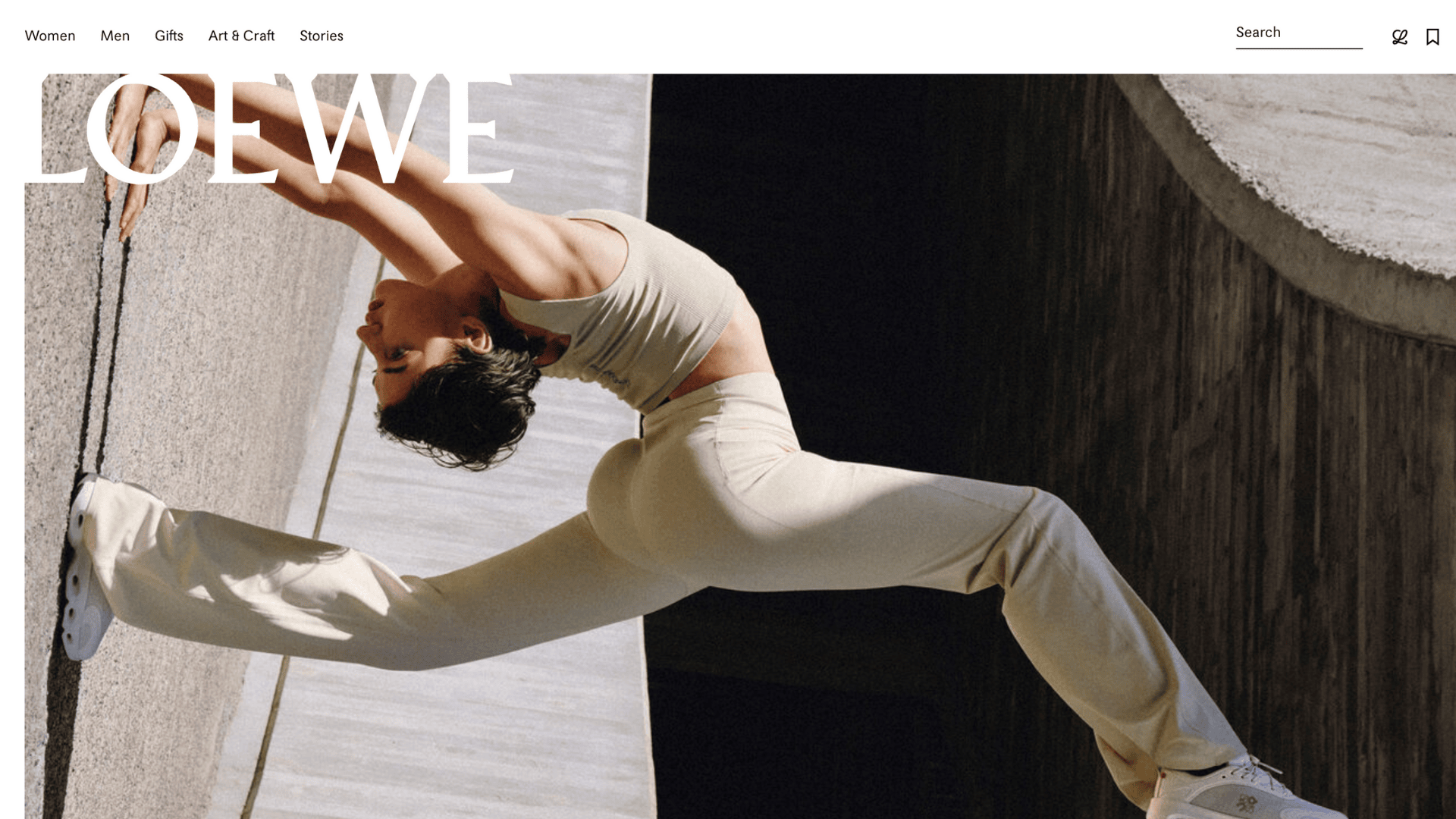
Jonathan Anderson lifts craft to high art, positioning Loewe as intellectually curious luxury. The brand’s cultural programming extends influence beyond fashion into broader creative conversations.
| Category | Details |
|---|---|
| Legacy | Spain’s oldest luxury fashion house, founded in 1846, was revitalized by Jonathan Anderson’s artistic vision |
| Signature | Sculptural leather bags, craft collaborations, and cultural programming |
| Why It Ranks | Successfully merges art and commerce through intellectual curiosity and Spanish craft traditions |
18. Miu Miu
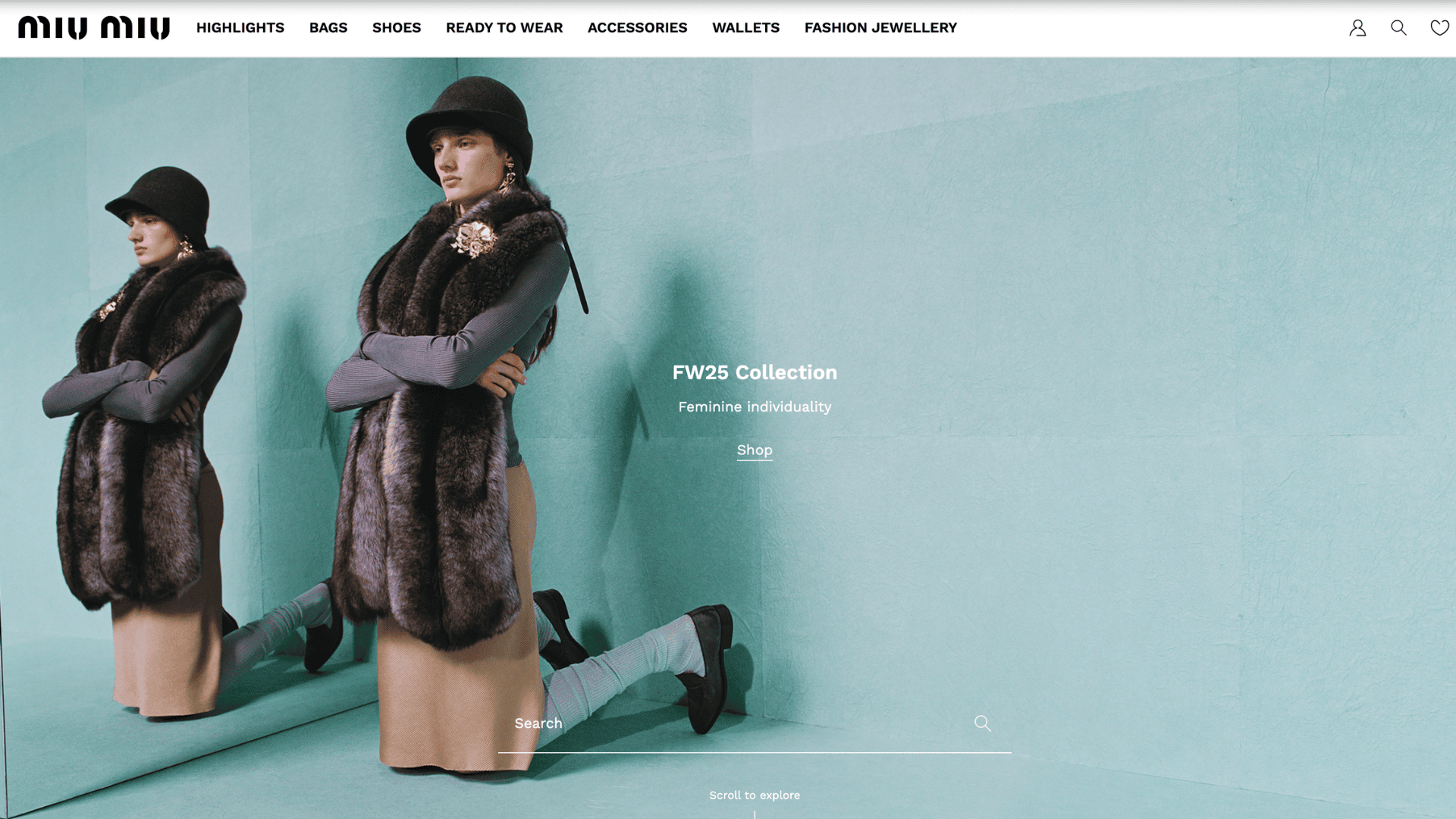
The label captures youthful sophistication without pandering to younger consumers. Miu Miu’s playful femininity offers an alternative to Prada’s intellectualism under the same creative direction.
| Category | Details |
|---|---|
| Legacy | Launched in 1993 as Miuccia Prada’s experimental younger sister line |
| Signature | Mini skirts, ballet flats, unexpected proportions, and retro references |
| Why It Ranks | Resonates with younger luxury consumers through playful femininity without condescension |
19. Off-White
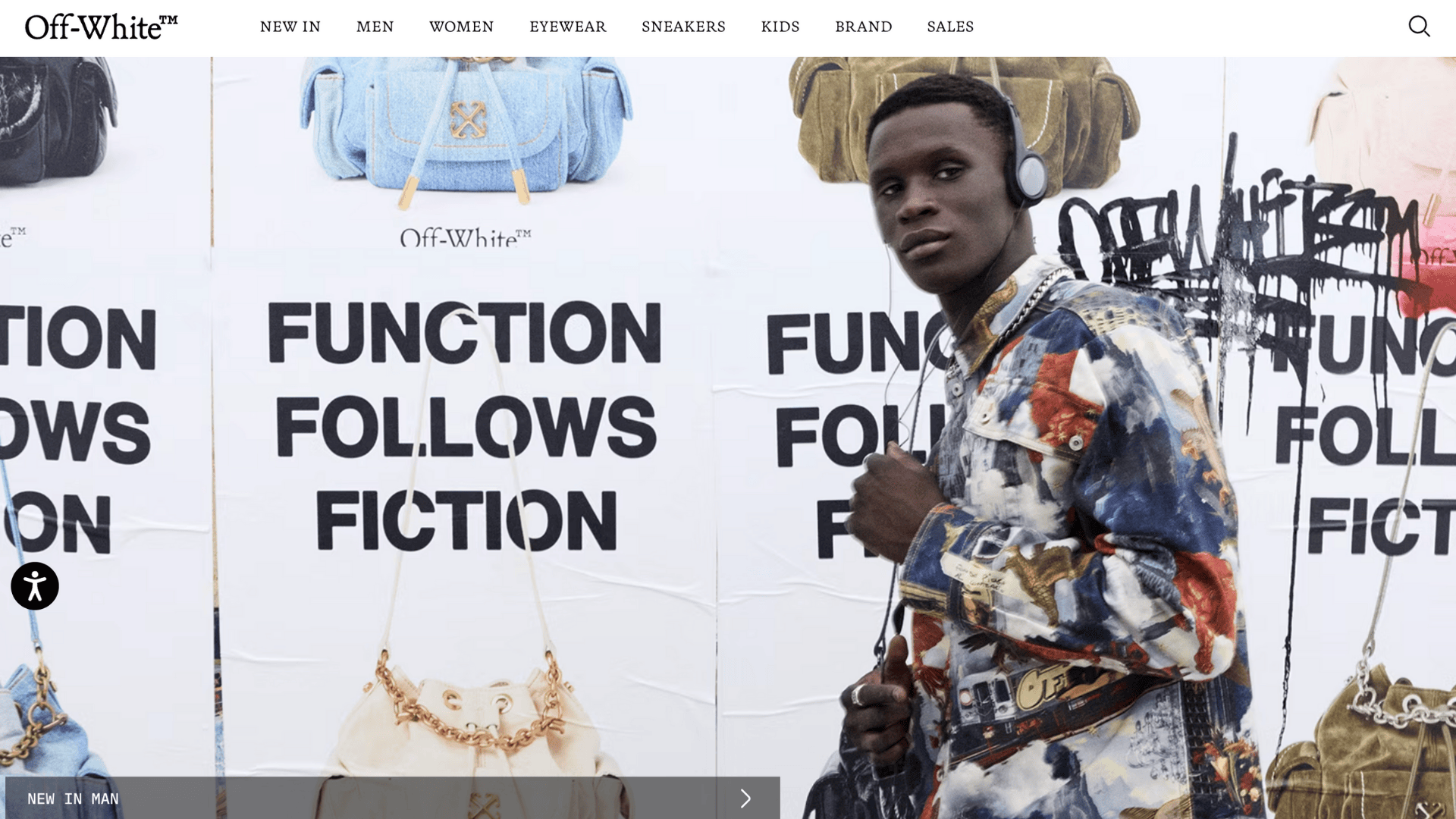
Virgil Abloh’s legacy continues to shape how luxury engages with street culture. The brand proved that streetwear deserves high fashion recognition and pricing.
| Category | Details |
|---|---|
| Legacy | Founded in 2012 by Virgil Abloh, it bridged streetwear and luxury through cultural commentary |
| Signature | Quotation marks, industrial motifs, and streetwear-meets-luxury design language |
| Why It Ranks | Represents the intersection of street culture and high fashion with lasting cultural impact |
20. Jacquemus
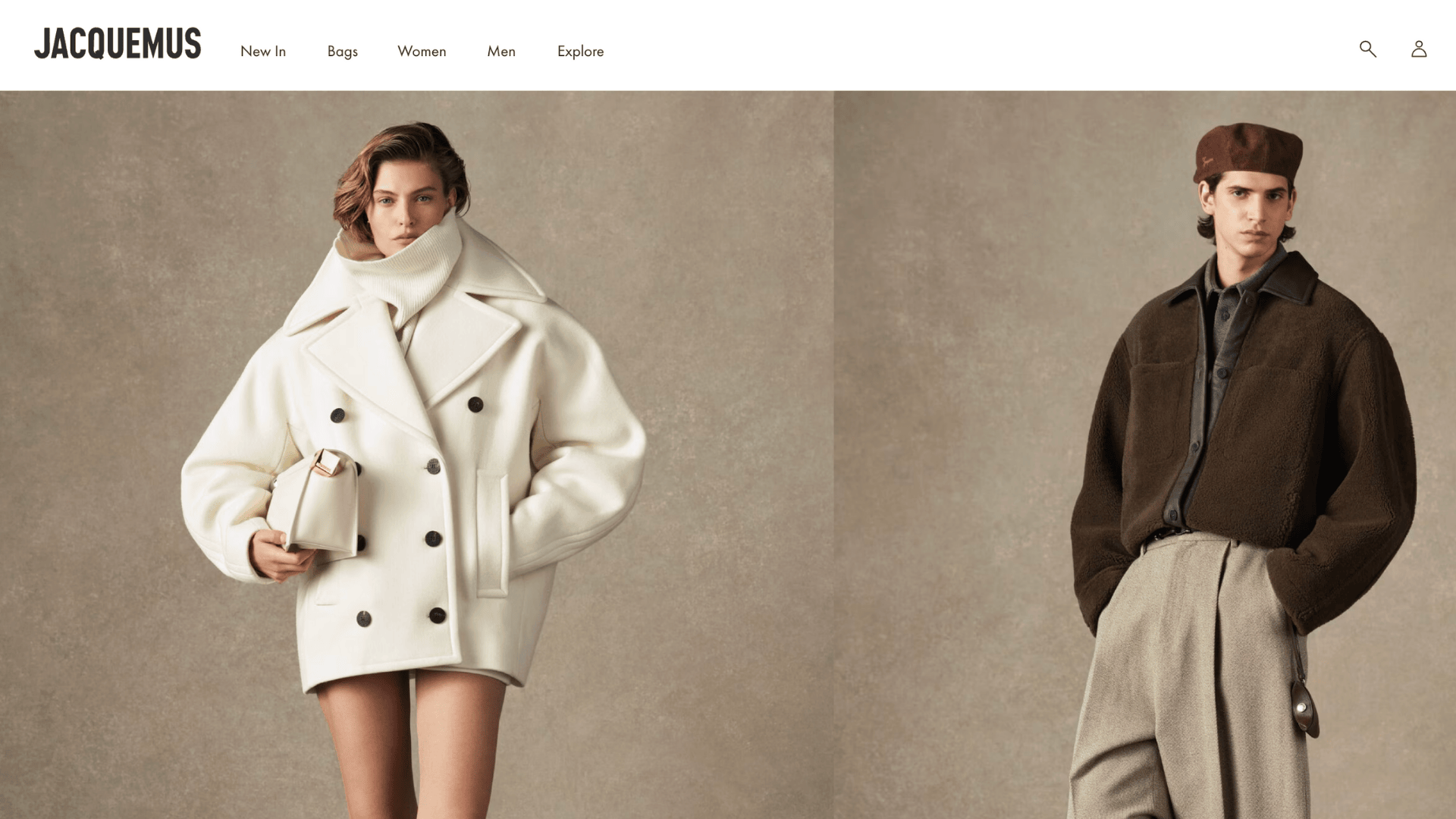
Simon Porte Jacquemus proves independent designers can compete with luxury conglomerates. His innovative marketing generates viral moments that translate to commercial success.
| Category | Details |
|---|---|
| Legacy | Founded in 2009 by French designer Simon Porte Jacquemus as an independent alternative to corporate luxury |
| Signature | Sculptural shapes, vibrant colors, Mediterranean charm, and innovative marketing |
| Why It Ranks | Independent designer proves luxury doesn’t require corporate backing through distinctive vision |
21. Maison Margiela

The brand’s anonymous approach creates mysterious appeal for fashion intellectuals. Margiela questions luxury conventions while producing covetable products.
| Category | Details |
|---|---|
| Legacy | Martin Margiela founded the house in 1988, pioneering Belgian deconstruction and designer anonymity |
| Signature | Tabi boots, white paint splatters, conceptual design, and four-stitch logo |
| Why It Ranks | Maintains a cult following through intellectual rigor and artistic integrity that challenges conventions |
22. Balmain
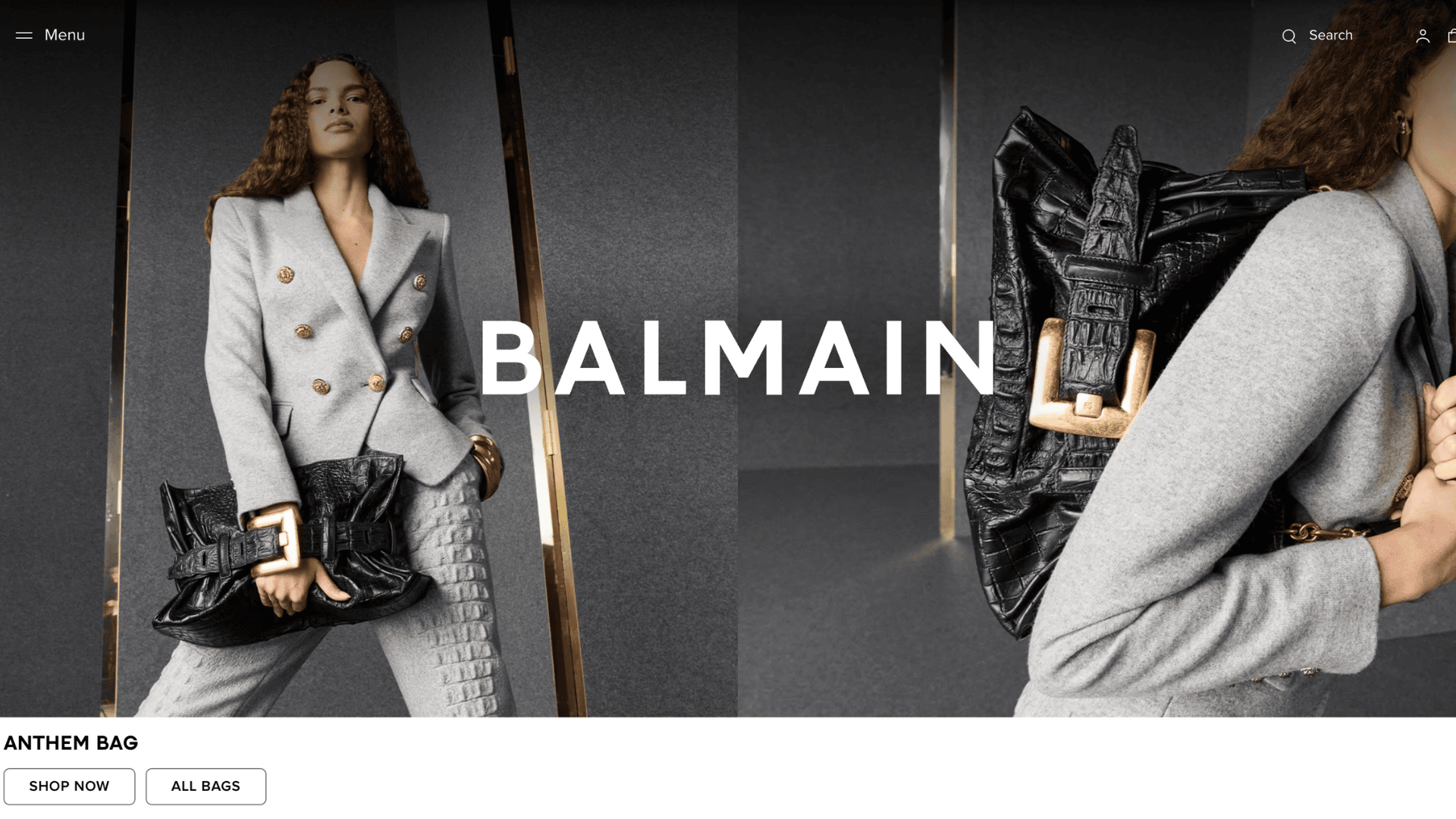
Olivier Rousteing’s glamorous vision makes luxury feel inclusive and diverse. The brand’s social media mastery connects with younger luxury consumers seeking representation.
| Category | Details |
|---|---|
| Legacy | Established in 1945 by Pierre Balmain, reinvented by Olivier Rousteing’s glamorous, inclusive vision |
| Signature | Strong shoulders, ornate embellishments, bold silhouettes, and diverse casting |
| Why It Ranks | Celebrates diversity and makes Balmain relevant for modern luxury audiences through inclusive glamour |
23. Stella McCartney
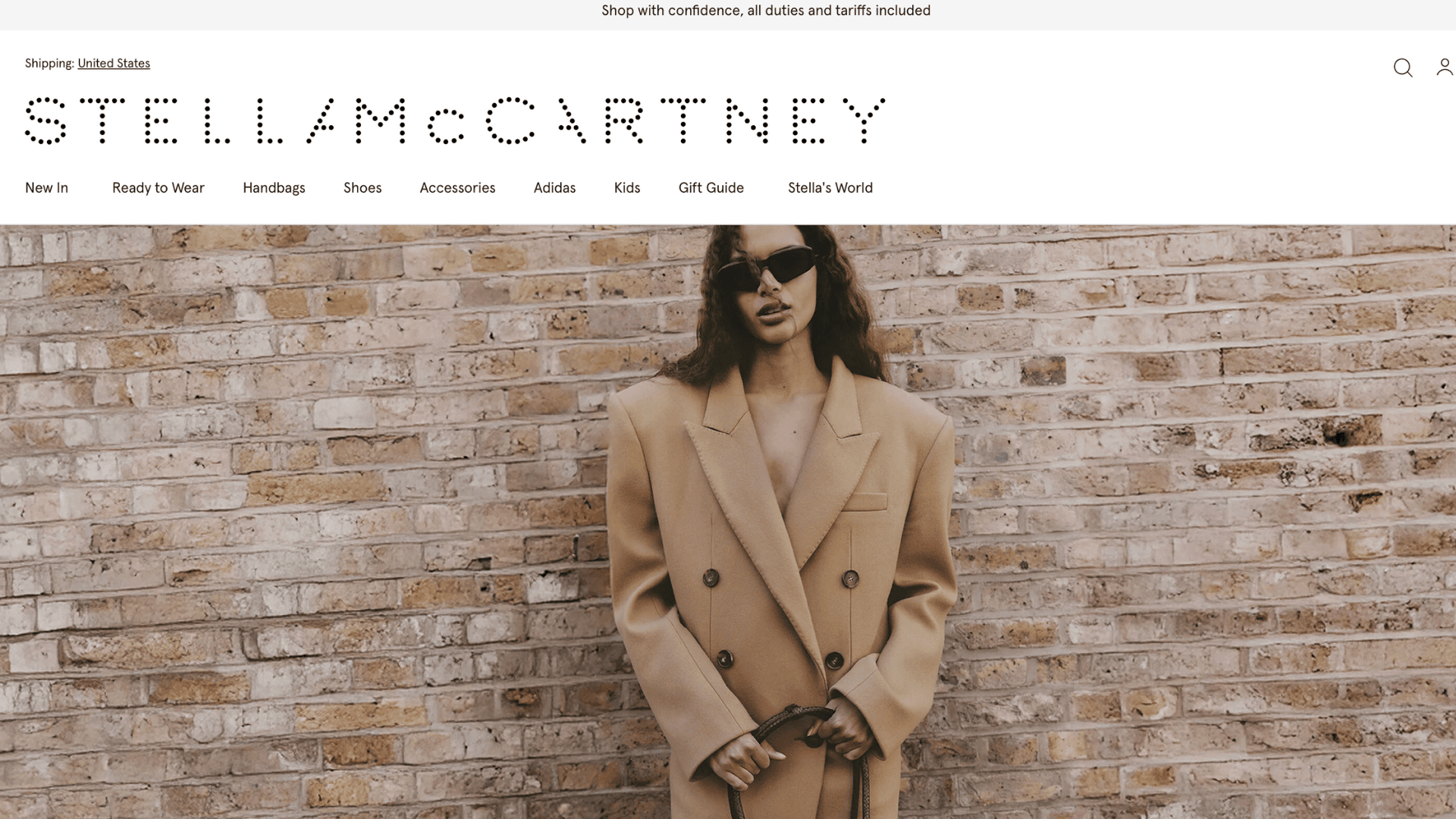
The brand pioneers sustainable luxury without compromising style. Stella McCartney’s vegetarian ethos proves environmental responsibility can coexist with fashion credibility.
| Category | Details |
|---|---|
| Legacy | Launched in 2001 with a commitment to sustainable, vegetarian luxury, no leather or fur |
| Signature | Vegetarian materials, circular fashion initiatives, and British tailoring |
| Why It Ranks | Leads industry conversations about environmental impact while proving that ethics and style coexist |
24. Ferragamo
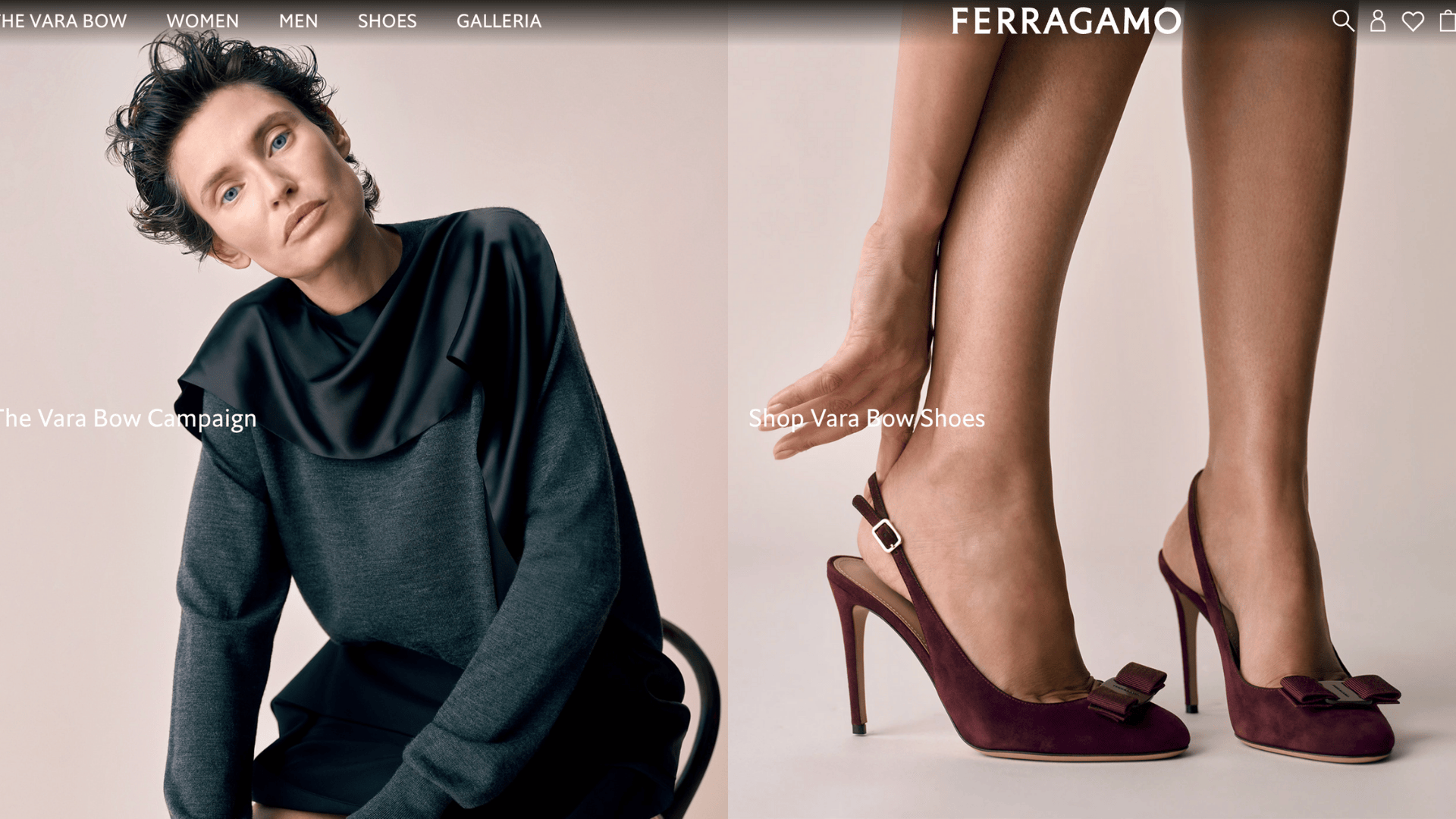
Maximilian Davis brings a fresh perspective to historic Italian craftsmanship. The brand’s shoe heritage provides a foundation for contemporary fashion expansion.
| Category | Details |
|---|---|
| Legacy | Salvatore Ferragamo founded the company in 1927, earning a “shoemaker to the stars” reputation |
| Signature | Gancini hardware, expert leather goods, and refined ready-to-wear |
| Why It Ranks | Balances craft tradition with contemporary relevance through Italian heritage |
25. Dolce & Gabbana
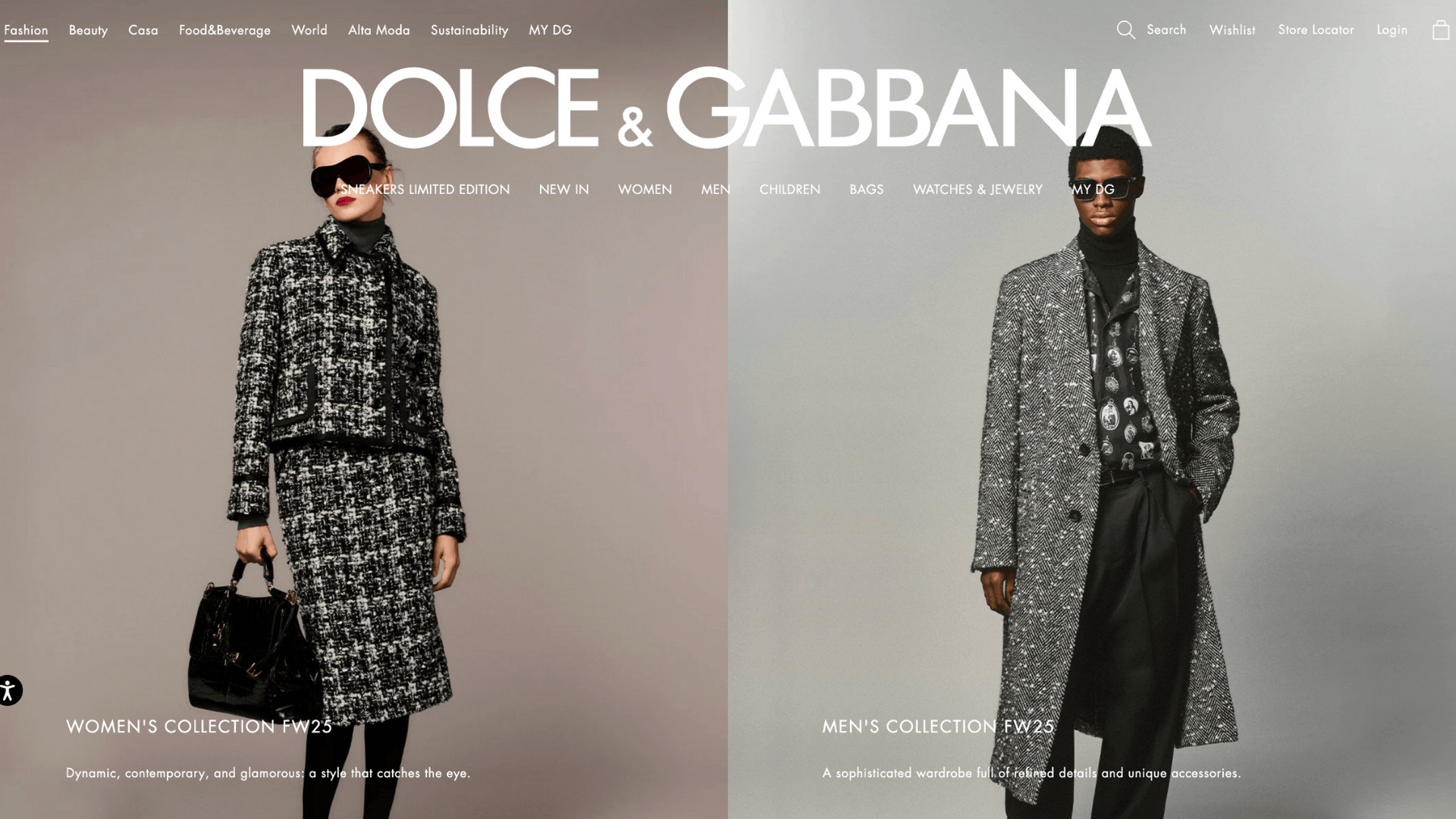
The duo celebrates Italian culture unapologetically, creating maximalist luxury. Their devotion to traditional values and family themes resonates with specific luxury consumers.
| Category | Details |
|---|---|
| Legacy | Founded in 1985 by Domenico Dolce and Stefano Gabbana, celebrating Sicilian heritage and Italian identity |
| Signature | Lace details, maximalist prints, Sicilian-inspired motifs, and romantic silhouettes |
| Why It Ranks | Represents unabashed Italian luxury through the celebration of heritage and family values |
Rising Stars & Modern Luxury Disruptors
Newer voices reshape luxury for digital-first audiences. The Row brings minimalist perfection through exceptional quality.
Marine Serre explores sustainability through upcycled materials and futuristic vision. Fear of God bridges streetwear and luxury tailoring.
Coperni uses technology for innovative presentations, while Telfar democratizes luxury through accessible pricing.
Rick Owens cultivates a devoted following through gothic minimalism. These brands redefine luxury language through sustainability, diversity, and cultural authenticity rather than traditional markers.
How Magazines and Runways Shape the Luxury Hierarchy
Vogue, Harper’s Bazaar, and Runway Magazine curate coverage that determines prestige levels.
Editorial relationships, seasonal timing, and imagery placement influence public perception significantly.
Runway coverage translates to global recognition; what appears in major publications gains immediate authority.
PR strategies and media relationships shape which brands receive attention, creating hierarchies that extend beyond design quality alone.
Fashion authority stems partly from visibility within these influential platforms.
Conclusion
Creativity, craftsmanship, legacy, identity, and influence define the world’s top fashion brands.
Luxury remains fluid rather than fixed, evolving alongside culture and technology while maintaining core values.
These houses prove that fashion excellence requires balancing heritage with innovation, exclusivity with relevance, and tradition with change.
Luxury fashion transcends status symbols; it creates cultural narratives and shapes how we express identity through clothing. The world’s top fashion brands don’t follow culture; they create it.
Their influence extends beyond garments into art, music, and social movements, proving fashion’s power to shape our visual and cultural landscape for generations to come.







